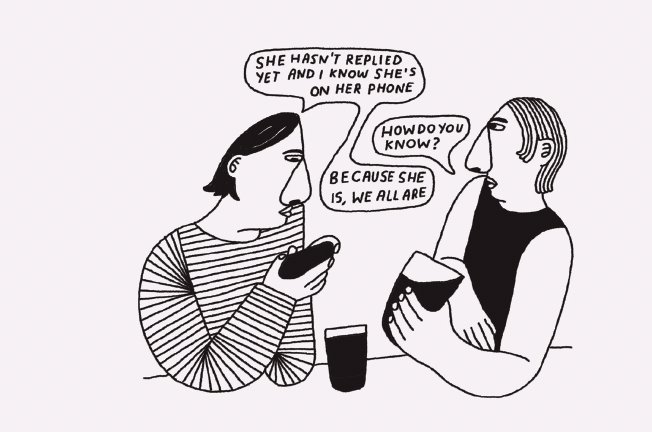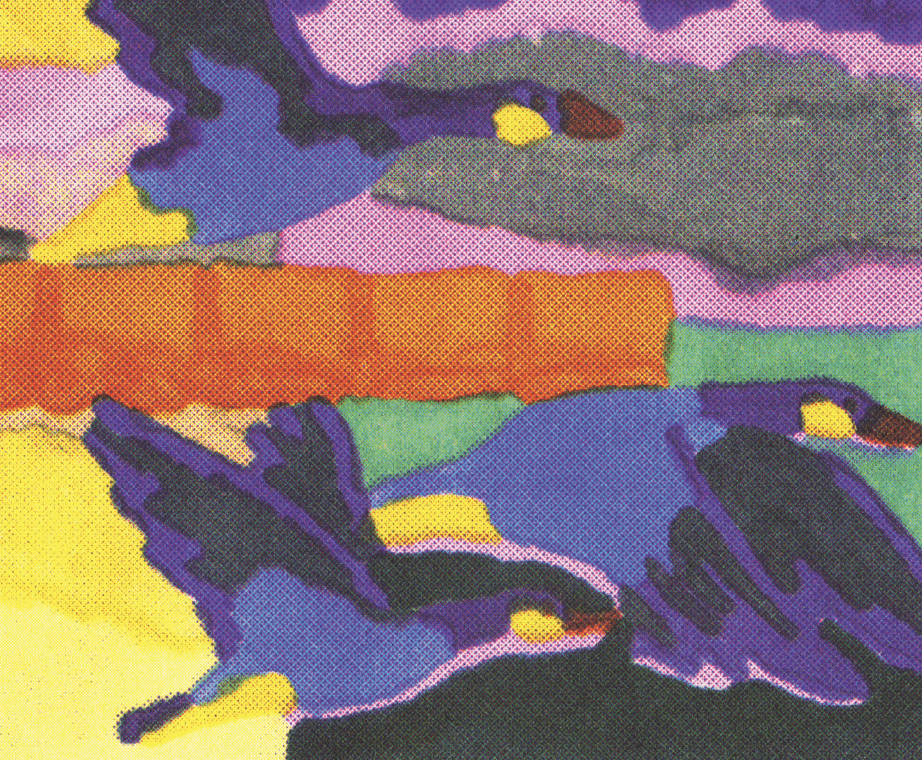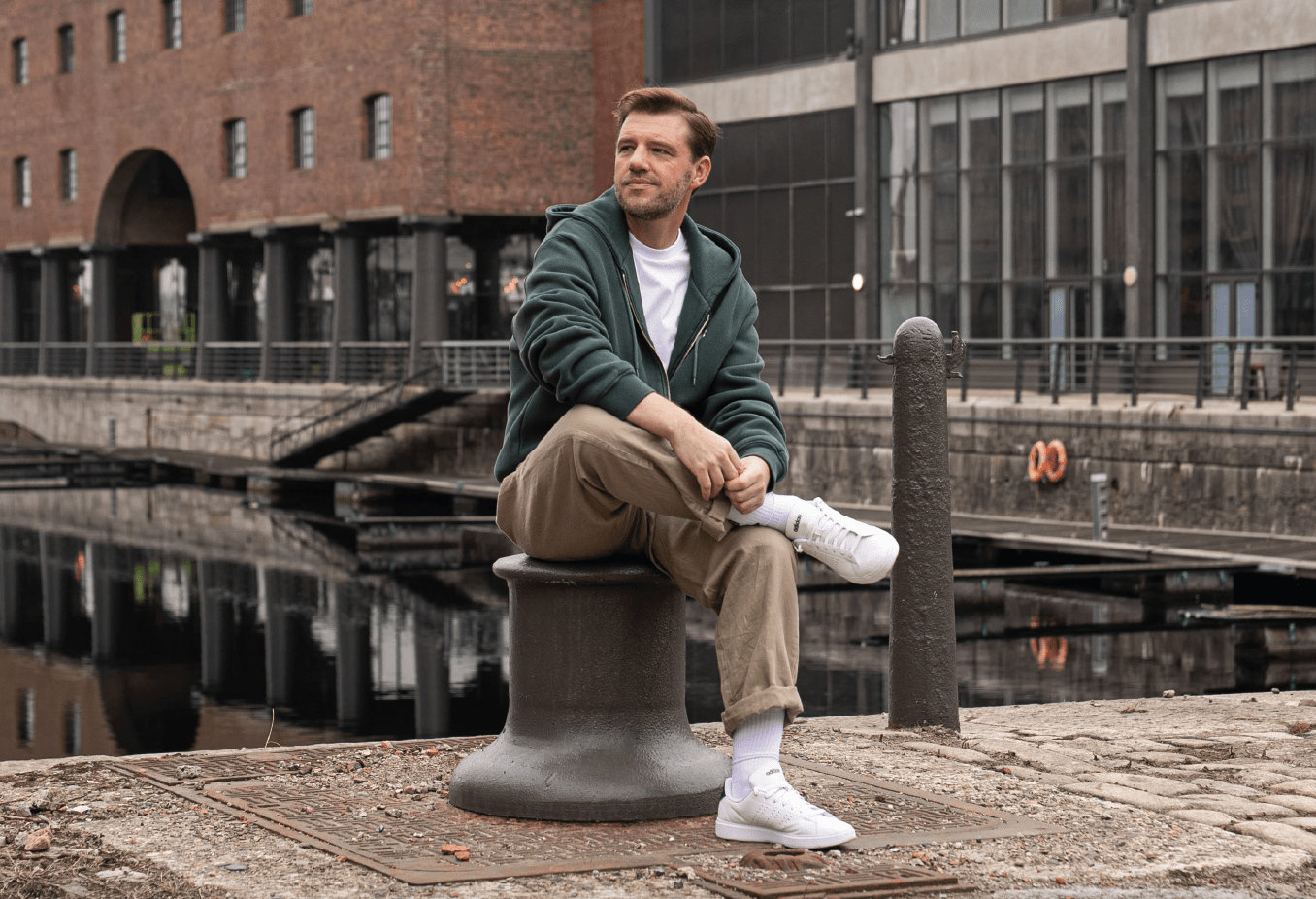
Design through the Decades: Paul Smith
Excerpts from Paul Smith (published by Phaidon, out now, £49.95)
In celebration of 50 years of Paul Smith, Phaidon offers a timely study of the British design legend’s one-of-a-kind creativity. This new monograph captures the unique spirit of British fashion icon Sir Paul Smith through 50 objects chosen by Sir Paul himself for the inspiration they have provided him over the years — from a wax plate of spaghetti and a Dieter Rams radio to a Mario Bellini Cab chair and a bicycle seat. Each object has impacted his worldview, his creative process, and his adherence to a design approach that’s always imbued with distinctly British wit and eccentricity.

Object 01: Kodak Retinette Film Camera
My father bought me this Kodak Retinette for my eleventh birthday, in 1957. It was my first proper camera. He was a founder member of the camera club in Beeston, the town where I lived, just outside Nottingham, and he was very passionate about photography. It was the first time I’d ever thought about looking and seeing, seeing things through the little viewfinder, which makes you look more carefully, and that’s something that has helped me in my job over the years. It used film, of course, and buying film was expensive, especially when you were eleven years old and only had pocket money. So you had to think harder about every picture you took. For me that was the birth of being creative, without actually realizing it.
I used to spend a lot of time with my father in the darkroom he’d built in the attic of our house, watching him develop the negatives and then using the enlarger and printing them. Linked to that – and this has been a massively important part of my career – he loved trick photography. He loved to put two negatives together to make a surrealistic image. There’s quite a well-known picture of me as a boy on a flying carpet, flying above Brighton Pavilion. There’s another photograph of my father sitting on the beach in Charmouth in West Dorset with seaweed on his head and two pebbles in his mouth, making himself look like a monster, and me in my little woolly swimming trunks, aged nine or ten, laughing at what he was doing.
So I was weaned on his really good sense of humour and his strong communication skills, and without question they’ve been just as important as my creative skills over the years. They helped me right at the beginning when I wanted a manufacturer to make a shirt, persuading them to make it even though I could only order a very small quantity: ‘I’m just starting out – can you please help me?’ Or making them laugh with some sort of spontaneous joke. As a company, our approach is light-hearted and full of humour, and that definitely came from my father. But when he gave me the camera, I had to learn what all the knobs and buttons did.
Nowadays, like everybody, I take photographs with my iPhone. But taking photographs with the Kodak and film, long before digital technology, taught me patience. You had to compose the shot, and then you had to wait to see the result, while wondering if you’d got it horribly wrong. And the business of framing was important. When people buy things, it’s like they’re looking at a snapshot. They don’t care that your influence was a trip to Chile or the colours of the sunset. They just think, ‘I like that shirt.’

Object 04: Matchbox Collection
Despite the fact that I’ve never smoked in my life, I’ve always collected matchboxes. Like my collections of penknives, decorative tins and other things, they’re the evidence of my love of street markets. I think they fascinate me because they get me thinking about the reasons behind the different ways people go about designing what is essentially the same object. The matchboxes often advertise the name of a café or restaurant, which makes them lovely mementoes of special occasions, but sometimes they’re just decorative.
Recently I was in Tokyo at a street market I often visit, and I bought a whole collection. I’ve also found some amazing ones in Mexico and Brazil. They come in different shapes and sizes, in variations on the modern flip-top matchbook or the traditional sliding matchbox. But then you come across very long matches for lighting cigars, and that’s a whole different set of possibilities for the designer. We’ve certainly used some of my collection as the inspiration for prints or something like the woven labels on the bottom of a sweatshirt. It’s intriguing how much impact you can get from such a tiny object: the design can say, ‘We are contemporary’ or ‘We are traditional’ or ‘We have fun.’ It’s about how a design can express who you are and what you are, in a very limited space.



